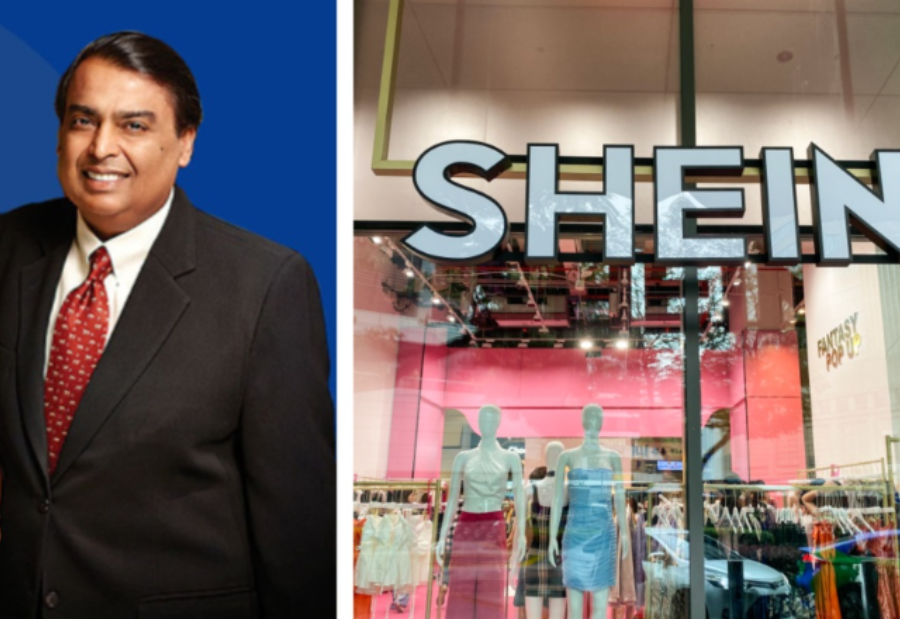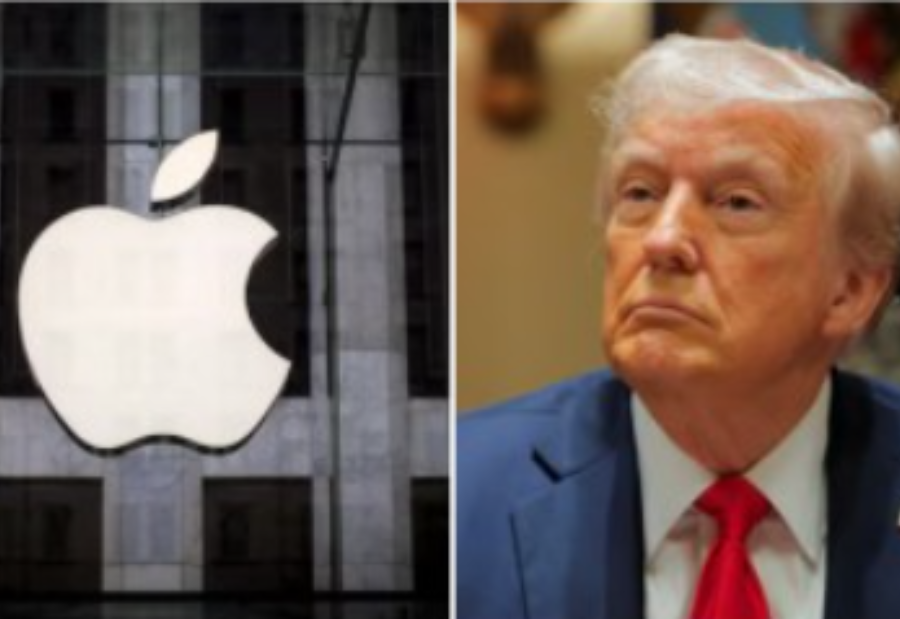In a world where fashion moves at the speed of light and borders blur with every click, geopolitical tremors are beginning to reshape the very threads that stitch the industry together. Shein, the Chinese fast-fashion behemoth that forced global giants like Zara, H&M, and Amazon to recalibrate their strategies, is now grappling with a new challenge: a shifting global order.
According to sources, Shein is revisiting its sourcing pact with Reliance Retail, initially designed to transform India into a central manufacturing base for its global ambitions. But with Beijing discouraging local firms from setting up shop overseas, especially amid the intensifying US-China tariff war, Shein’s roadmap is being redrawn.
At the heart of this disruption lies a sharp move by the US government, which recently slapped a 145% tariff on Chinese goods. The tariff was meant to trigger an exodus of manufacturing out of China, with destinations like India emerging as prime alternatives. But instead of letting the manufacturing flow out, Chinese regulators have tightened their grip, urging companies to stay put, causing ripples across global trade corridors.
An industry insider familiar with the matter shared, “The original arrangement is being revised amid the diplomatic tangle, and Shein’s global sourcing plans from Reliance may be pared down.”
This renegotiation casts a shadow over Shein’s grand re-entry into India in February 2025, a comeback nearly five years after it was banned due to border skirmishes. The tie-up with Reliance Retail Ventures was more than just retail, it aimed to create a massive export bridge, connecting 25,000 Indian MSMEs to Shein’s sprawling global fashion supply chain.
Technology transfers, skill-sharing, and digital empowerment were all on the table. But as political tempests rage, these progressive blueprints now lie at a delicate crossroads.
Despite this turbulence, India’s fast fashion market is booming, expected to leap from $10 billion in FY24 to $50 billion by FY31, fuelled by digitally-native brands and a new-age consumer.
Globally, Shein’s dominance remains unshaken—for now. It stands as the most visited fashion website worldwide, commanding 2.68% of all fashion-related web traffic in Q3 2024, ahead of Nike, Zara, and H&M. The company has 250 million social followers and operates in over 150 countries. Yet, success comes with scrutiny. As Shein eyes a London stock market debut, abandoning previous US listing plans, it finds itself under stricter watch in Europe, especially under the EU’s Digital Services Act, given its 108 million monthly active users.
As giant reposition and borders tighten, the fashion world is no longer just about trends—but also about strategy, sovereignty, and survival.
Also read: Viksit Workforce for a Viksit Bharat
Do Follow: The Mainstream formerly known as CIO News LinkedIn Account | The Mainstream formerly known as CIO News Facebook | The Mainstream formerly known as CIO News Youtube | The Mainstream formerly known as CIO News Twitter |The Mainstream formerly known as CIO News Whatsapp Channel | The Mainstream formerly known as CIO News Instagram
About us:
The Mainstream formerly known as CIO News is a premier platform dedicated to delivering latest news, updates, and insights from the tech industry. With its strong foundation of intellectual property and thought leadership, the platform is well-positioned to stay ahead of the curve and lead conversations about how technology shapes our world. From its early days as CIO News to its rebranding as The Mainstream on November 28, 2024, it has been expanding its global reach, targeting key markets in the Middle East & Africa, ASEAN, the USA, and the UK. The Mainstream is a vision to put technology at the center of every conversation, inspiring professionals and organizations to embrace the future of tech.




